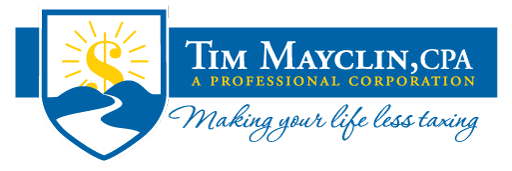A Section 529 plan is a savings plan set up for higher education. It is usually set up for the account beneficiary who will be going to pursue higher education, usually your child or grandchild. If you have a Section 529 college savings plan, you know that there are a lot of benefits that can come with this plan. The big benefit is that when you make a withdrawal from the plan and use the funds to pay for educational costs, those withdrawals are exempt from federal income tax. But is this always the case? If you make a withdrawal and don’t use it to pay for education costs what will happen? To answer these question, we will look at what happens whenever you withdraw from the 529 account.
There are a few of basic facts about making withdrawals from the 529 account that are worth noting. Depending on how the account is set up, different people will be able to make withdrawals. You have the account set up so that the beneficiary, the one going to school, can make get the money for themselves. You can also set it up so that you as the account owner can make the withdrawals. It can be important to remember that the IRS knows about all withdrawals. When you get the 1099-Q form giving you information and summaries of the account’s activities, the IRS gets a copy as well. It’s also important to remember that the account is only tax-free up to a certain point. If you withdraw more than the adjusted qualified education expenses, everything over that amount will be subject to federal-income-tax. The adjusted qualified education expenses are the total cost of the tuition, room and board, and books minus tax-free grants and scholarships.
If, for whatever reason, the beneficiary of the account does not use it you can turn it over to yourself. If you then decide further your own education, you can make the normal tax-free withdrawals. If you make withdrawals and spend the money on anything other than education costs you will likely not only be charged taxes but also face a tax penalty. In most cases, there is a ten percent penalty on all funds used for non-educational purposes.

Recent Comments